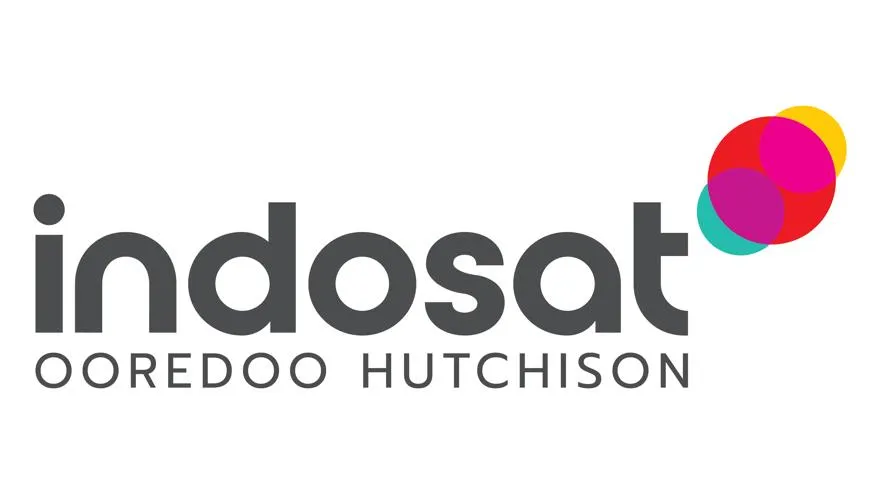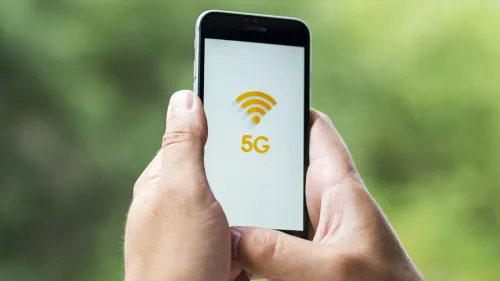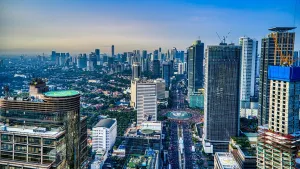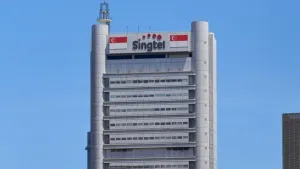
Indosat Ooredo Hutchison sees 5G network supporting Indonesia’s Smart Cities
The telecommunications operator employs IoT-based technology solutions that can be used to monitor city conditions in real-time.
Since the merger of Indosat Ooredoo and Hutchison 3 Indonesia in January 2022, Indosat Ooredoo Hutchison (Indosat or IOH) has harnessed new scale and resources to accelerate 4G network growth into rural areas, increase network quality and speed, and invest in 5G technologies to ensure deliver marvelous experience to its hundred million customers. With the spirit of ‘Gotong Royong’ or togetherness, Indosat continues their infinite journey in empowering Indonesia.
Beyond mere connectivity, the emergence of cutting-edge technologies like the Internet of Things (IoT), Virtual Reality, and AI has ushered in an era where our digital infrastructure is the lifeblood of smart cities and economic progress.
In this context, Indonesia's foray into 5G technology in 2021 is not just a stride forward but a significant leap.
Indosat Ooredoo Hutchison (Indosat), one of the largest operators in the country, understands this demand for superior speed and stability in deploying its fifth generation cellular network in 2021.
Data from the Indonesian Internet Service Providers Association (APJII) showed that in 2022-2023, 78.19% of Indonesians, totalling 216.53 million, used the internet, up from 77.02% in the previous year.
“In the case of 5G, it’s not about being first. It’s about ensuring that the complete ecosystem of handsets, applications, and use cases is ready so that customers see the benefits of the technology. Creating this ecosystem is what we are focused on. There is also a lot of investment needed in the 5G network, but we also need to think carefully about how we are going to monetize it. This is why we are focused on working with partners to develop new use cases and applications that deliver real value for customers,” Indosat Ooredoo Hutchison SVP - Head of Corporate Communications Steve Saerang said in a statement sent to Asian Telecom.
Indosat’s use of the 5G network began at the end of 2018, when the company began building transportation networks and fiberization. But it was deployed after the firm secured its Certificate of Operational Eligibility (SKLO) from the Ministry of Communication and Information (Kominfo) in June 2021.
At present, Indosat’s 5G has reached eight cities in Indonesia: Jakarta, Solo, Karawang, Bandar Lampung, Surabaya, Balikpapan, Makassar, and Bali. Areas that support the use of Indosat 5G are the airport and inner city in Surabaya, the airport, Nusa Dua and Tuban in Bali, around Monas and Taman Mini in Jakarta, the inner city in Solo, Bontoala, Tallo, Panakukang and the cities of Makassar, Tanjung Karang Barat and Labuhan Ratu in Bandar Lampung, the city area, central, south and north Balikpapan, as well as the Karawang Industrial area.
5G Potential
Indosat is showcasing the current 5G experience, primarily to support the Smart City and Industry 4.0 vision for corporate customers through the application of Artificial Intelligence (AI), Machine Learning (ML), and IoT technology.
Indosat introduced a 5G network in areas where this service is needed, offering use cases to stimulate industrial growth and regional economic development.
“Some of the use cases can be seen in our 5G service launch publication, for example most recently when Indonesia hosted the G20 Presidency in Bali. Apart from that, cellular customers can also try the 5G service experience with a smartphone that supports and is in an area covered by 5G,” said Steve.
Also, 5G networks that can be connected to IoT services can be used to monitor electricity usage waste and monitor traffic jams. Then, these AI and IoT solutions can be applied by local governments for video analytics to reporting applications that are integrated with CCTV, community reports, and local government unit work reports which make it easier to monitor city conditions in real-time.
This diverse implementation of 5G also supports the national economy. In its release, the Ministry of Communications and Informatics quoted research results from the Bandung Institute of Technology (ITB) in 2020 which stated that the development of the 5G network in Indonesia has the potential to contribute more than IDR2,800 trillion ($172,914,222) or 9.5% of total GDP in 2030. This figure has the potential to increase to IDR3,500 trillion ($216,142,777.) or the equivalent of 9.8% of total GDP in 2035.
The research also states that industrial sectors that adopt 5G networks for production processes will experience efficiency, with their income increasing by 10-30%.
The 5G network’s capabilities for faster connectivity, low latency, and the number of sensor connections that can connect millions of devices are a series of network benefits. As a result, the 5G network can be used to support operations in the manufacturing industry, industrial areas, mining, oil and gas, tourism and creative economy sectors.
Prepare for mass service
In deploying its network, Indosat focuses on customer comfort and security, said Steve. “We have implemented ISO 27001, an international security standard for information security management systems, and have a multi-layered security system for storing customer data,” he said.
Right now, Indosat is focused on expanding its 4G network to rural areas including in the eastern part of Indonesia, while waiting for the 5G ecosystem to be more ready, both in terms of spectrum, devices and applications. “Once the ecosystem is ready, Indosat will be prepared to implement 5G services on a larger scale,” said Steve.
To support this, Indosat has inaugurated the Indosat Marvelous Xperience Center (Indosat MX Center) as a center for collaboration and innovation, empowering individuals and businesses. Indosat MX Center is an exhibition center which provides the latest technology solutions such as 5G, AI and VR, where Indosat collaborates with global partners namely Google, Meta, Nokia, Ericsson, Huawei, ZTE and Cisco.
The Indosat MX Center is an exhibition where visitors can view demonstrations and use the latest technology and engage with experts directly to gain insight into the transformative potential for their organizations.
Challenge
Meanwhile, according to the Head of Mastel’s Telematics Infrastructure Division, Sigit Puspito Wigati Jarot, to fully maximize the great potential of 5G services is to implement it in conjunction with national strategic projects. These projects, such as the construction of a new capital city in Indonesia (IKN), where the government plans to make IKN a smart city capital that is supported by advanced technology such as the 5G network.
“The potential use cases for 5G networks related to smart cities are very vast, including for smart health, smart transportation and smart government,” he told Asian Telecom.
However, even though it has great potential, Sigit views the implementation of 5G as still facing challenges such as limited spectrum and frequency availability. “The deployment of 5G in Indonesia is still not optimal, and is slow because the infrastructure is not ready. Deploying new cellular services such as 5G requires large investments and at the same time the need for high-speed internet data is increasingly widespread in society,” he said.
Sigit said the government must play a role to support the implementation of telecommunications services with this latest generation of access. This can be achieved by providing additional new frequency spectrum, especially middle-band which is considered to have large capacity so that it can maximize the potential use cases of the 5G network.
Moreover, the government can consider implementing shared usage of spectrum and infrastructure. “This can reduce prices and if possible, subsidies could be introduced,” he said.













